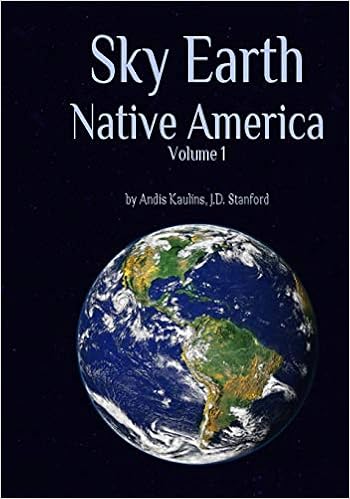How Xerox’s Intellectual Property Prevented Anyone From Copying Its Copiers: The company used patents and trademarks to develop a line of machines based on inventor Chester Carlson’s ‘electrophotography’
Timely for U.S. Independence Day celebration on July 4, the history of the American invention of Xerography and the paradox intellectual property story of Xerox, and "Xeroxing" (copying by machine, photocopying) is nicely told by an article just published by Jessica Silbey at the Smithsonian Magazine online. The first xerographic copy ever made -- on a piece of wax paper -- "[is] today ... displayed in the Smithsonian’s National Museum of American History".
In an article which, for better understanding, should be read in full by everyone dealing with documents and the the written word in our modern era, Silbey writes [not in the order in which the quotations are quoted here] about "the story of the Xerox machine" as a microcosm of IP issues:
"The story of the Xerox machine is a microcosm of debates surrounding the proper purpose and scope of intellectual property and an object lesson in how irreconcilable dualities inform the everyday practice of intellectual property.The following text is not an ad by us but is appended automatically by the Smithsonian mag website to texts quoted from Smithsonian Magazine online -- as above -- so we have left the links below intact as to the main direct, removing, however, any personal information as to us as the source.
"[T]he intellectual property that protected the Xerox machine forbids copying and yet the Xerox machine is used to make copies." [emphasis added by LawPundit]
"It is ironic that the original copy-machine that could not be copied was built to make copies—copies of texts, photographs, and even instructions for making or using copying machines. And for this reason, although Xerox closely protected its patents from infringement by competitors, the patented technology facilitated infringement of other intellectual property, such as copyrights. It took the 1984 Supreme Court decision Sony Corporation of America v. Universal City Studios ["the Betamax case" on "fair use" -- note and links added here by LawPundit] concerning the legality of the video-cassette recording (VCR) machine to clarify that the makers of the copy-machines such as the Xerox, as well as of other “staple articles of commerce” such as cameras, typewriters, and audio recorders, were not liable for their contribution to copyright infringement stemming from the use of the copy-facilitating invention. [emphasis added by LawPundit]
Read more:
https://www.smithsonianmag.com/innovation/how-xeroxs-intellectual-property-prevented-anyone-from-copying-copiers-180972536/
Give the gift of Smithsonian magazine for only $12! http://bit.ly/1cGUiGv
Follow the Smithsonian: @SmithsonianMag on Twitter


